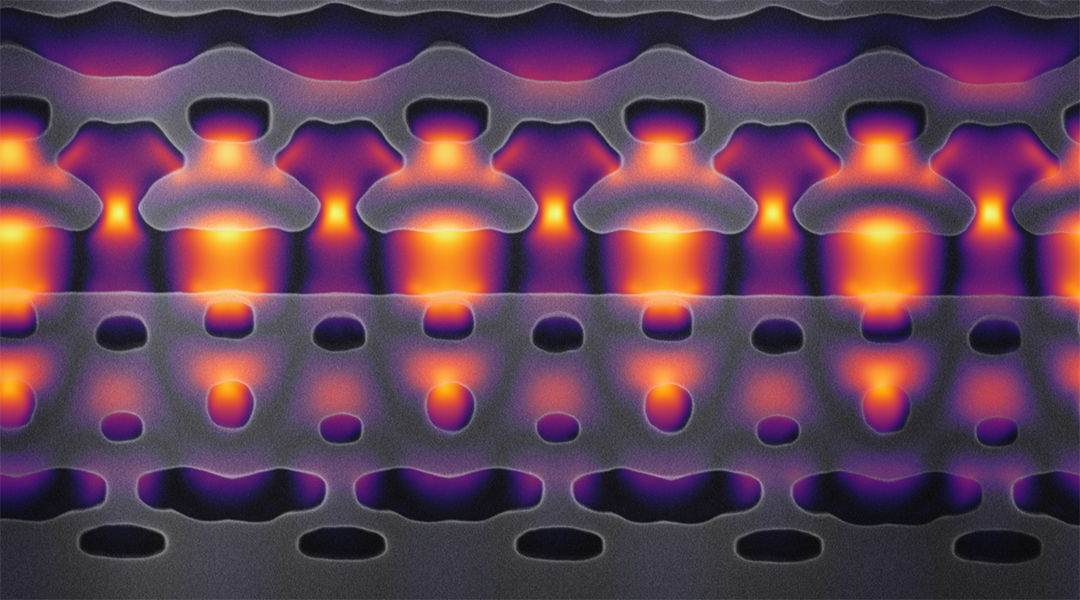Analysis reveals never-before-seen details about a type of thin film being explored for advanced microelectronics.


Analysis reveals never-before-seen details about a type of thin film being explored for advanced microelectronics.

Just as desktop PCs acquired some of the functions performed by room-sized mainframes, a Stanford team has prototyped a silicon chip that packs some of the punch delivered by current particle accelerators.

Recent progress in density functional theory provide new insights for chemical concepts like electrophilicity, nucleophilicity, regioselectivity, stereoselectivity, and more.

Programmable smart materials, which can be reversibly controlled through magnetically-induced heating and actuation.

By combining two types of memory arrays, researchers can accelerate image recognition for more efficient machine learning.
![Advancing Cross‐point Memory Technology [Video]](https://www.advancedsciencenews.com/wp-content/uploads/2019/11/Feature_image-1.jpg)
Researchers design a high-performance threshold switching selector based on silver nanodots.

Intrinsic or tightly integrated sensing, actuation, and computation embedded into 3D structures could enable a new generation of truly smart and complex systems, such as robots that have human-like dexterity.

An artificial neural network based entirely on memristors is developed.

An updated overlook at one of the most promising building blocks for quantum technologies: fast and efficient single photon detectors.

Inspired by swarm behavior in nature, researchers have developed a robot swarm with the ability to overcome the constraint of off-line resources.